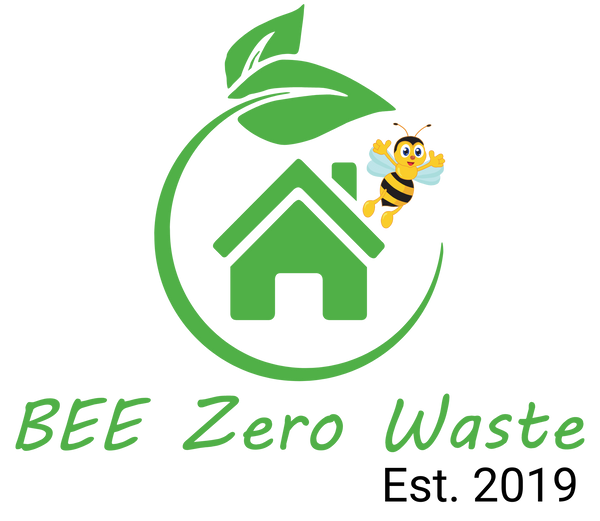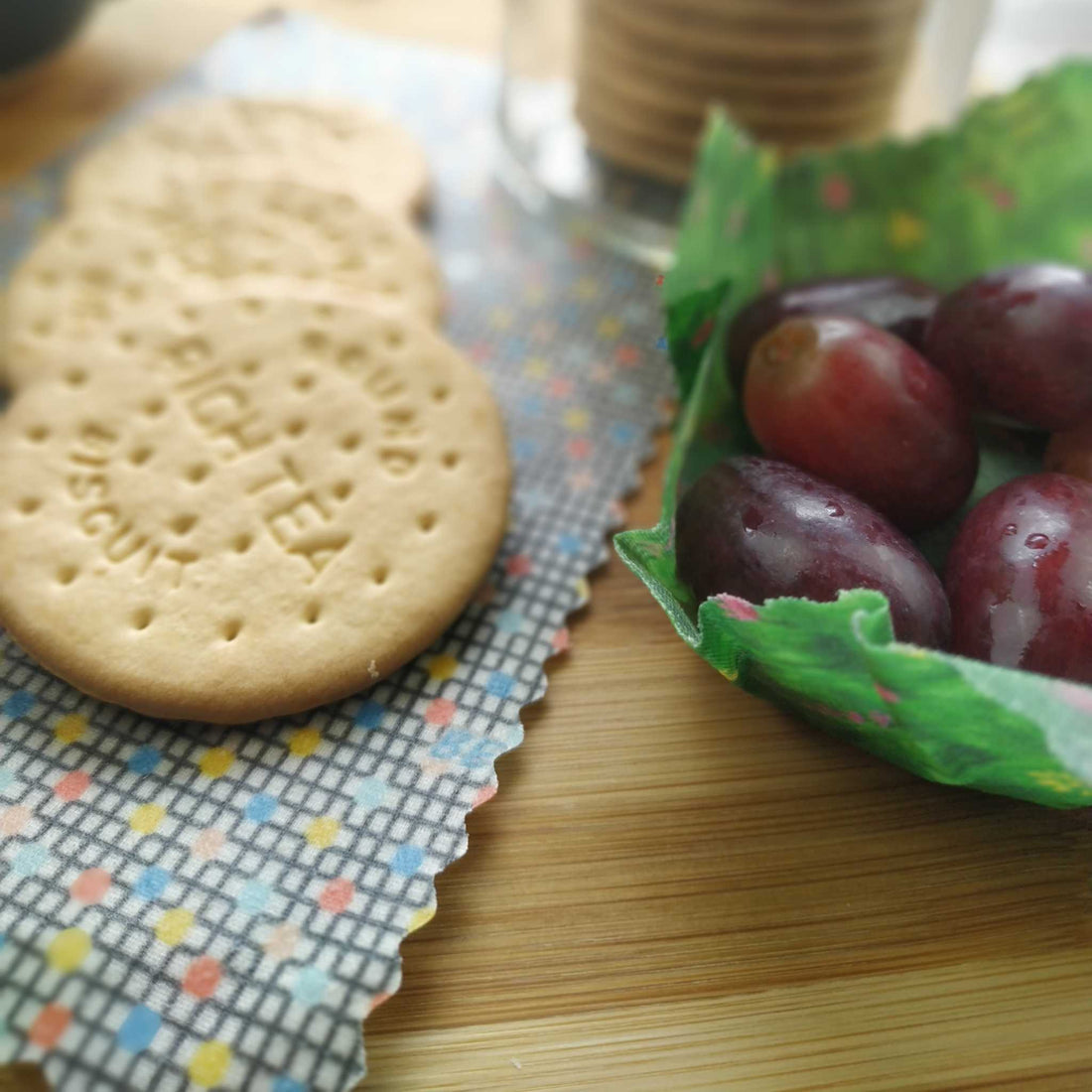Navigating the Dos and Don'ts with BEE Zero Waste
As we continue to wrap our minds around sustainable living, beeswax food wraps have become a buzzworthy hero in our eco-friendly quest. They're a symbol of our dedication to reducing the staggering 1.2 billion meters of cling film and the up to 1,000 plastic sandwich bags that a single household can go through each year. At BEE Zero Waste, we understand that with every wrap used, we're stepping away from the plastic production that accounts for a significant portion of the world's industrial carbon dioxide emissions. But even superheroes have their kryptonite. Here's what you need to avoid wrapping in your trusty beeswax embrace.
The Bee's Knees Except When It's Not
Beeswax food wraps, those marvels made of organic cotton, beeswax, coconut oil, and tree resin, are fantastic for keeping most foods fresh. However, they have their limitations. Here are a few items and conditions where beeswax wraps are not recommended:
Raw Meat and Fish: Due to hygiene and safety reasons, it's best to keep these proteins away from your wraps. The risk of cross-contamination and the inability to wash beeswax wraps in hot water make them unsuitable for these foods.
Excessively Wet or Hot Items: High temperatures can cause the wax to melt, and too much moisture can lead to potential mold growth or breakdown of the wrap.
Leveraging Beeswax Wrap's Strengths
Despite these limitations, the usability of beeswax wraps stretches wide:
- Wrap up those sandwiches, fruits, and veggies (excluding pineapple, due to its enzyme content).
- Cover up your leftover dishes or that half-used cucumber.
- Say goodbye to moldy cheese edges by giving your dairy a beeswax hug.
- Keep your bread loaves fresher, longer, and ready for the next sandwich or toast.
How to Keep Your Wraps in Top Shape
Your BEE Zero Waste wraps can last a bustling year if cared for correctly, and here's how to ensure they live a full and useful life:
- Wash Them Right: Cold water and alcohol-free soap will keep them clean without damaging the wax.
- Avoid the Heat: No microwaves, ovens, or dishwashers, please. And keep them away from open flames, for they are flammable.
- Give Them a Spa Day: If they lose their cling, pop them in the oven on a low setting to redistribute the wax.
Hygiene and Health
Beeswax wraps from BEE Zero Waste boast antibacterial properties, making them a hygienic option. Regular cleaning and proper use ensure these wraps are safe and effective. However, it's crucial to use them wisely, especially when storing food for individuals with compromised immune systems.
The End of the Wrap Cycle
When the time comes, and your wrap has lost its stick, don't despair. BEE Zero Waste wraps are compostable and biodegradable. Give them a farewell ceremony in your compost bin and rest assured, they'll return to the earth without a trace.
Freezing with Beeswax Wraps
A cold fact — beeswax wraps can be used in the freezer! Just make sure the food is covered adequately to prevent freezer burn and aim to use them for shorter periods, ideally less than three weeks.
And there you have it! Armed with this knowledge, you're ready to explore the array of styles and sizes of beeswax wraps we offer. Each use is a step closer to our mission: to reduce waste, protect the planet, and transition seamlessly into an eco-friendly lifestyle.
Shop the full collection of BEE Zero Waste beeswax food wraps on our website and be part of the change that wraps around the Earth far fewer than 30 times. Let's stick to sustainability and wave goodbye to wasteful wrap habits, one beeswax sheet at a time.

